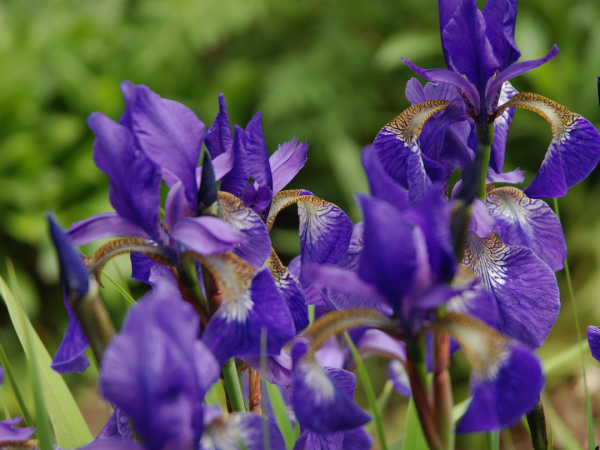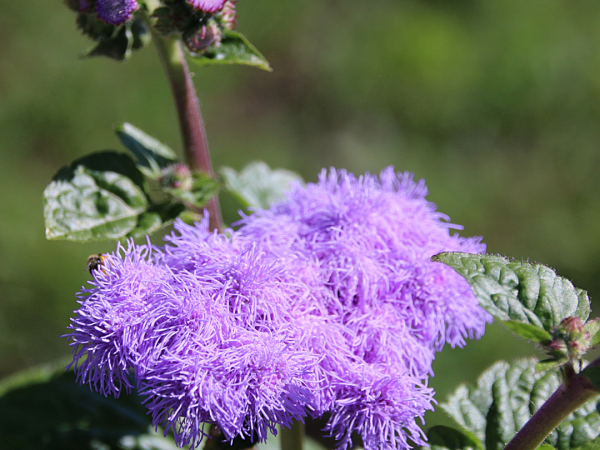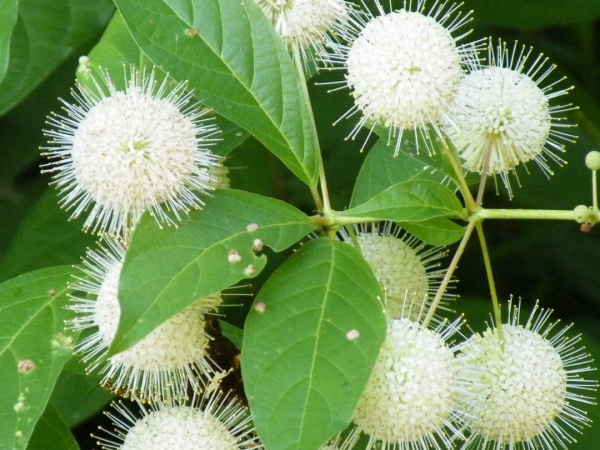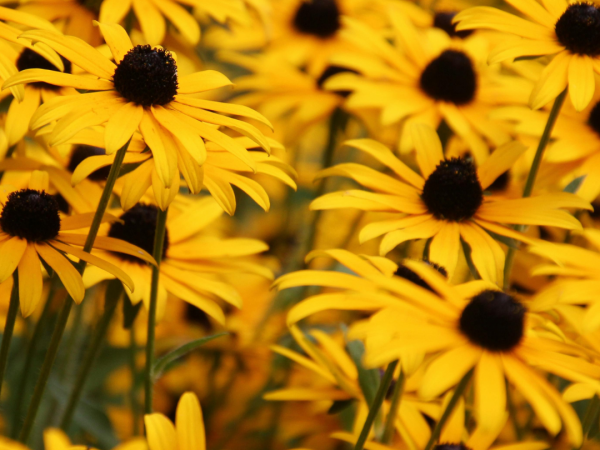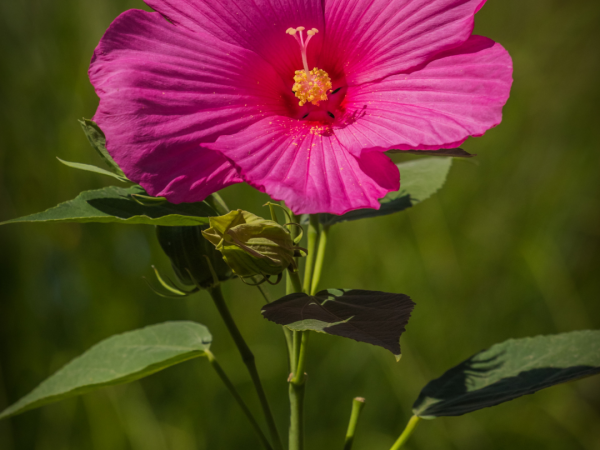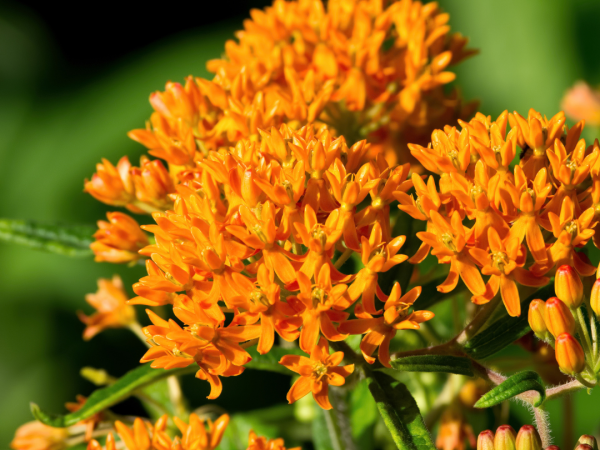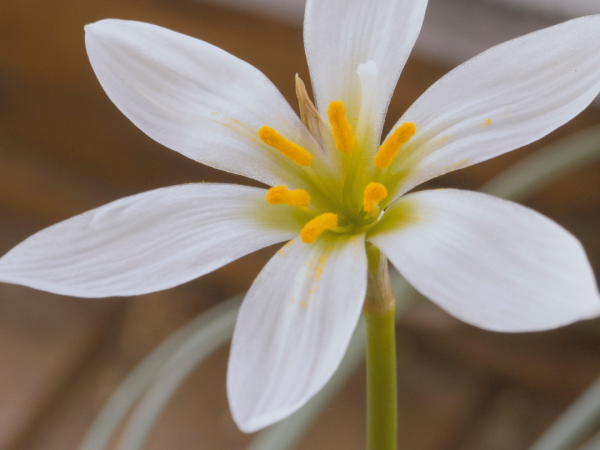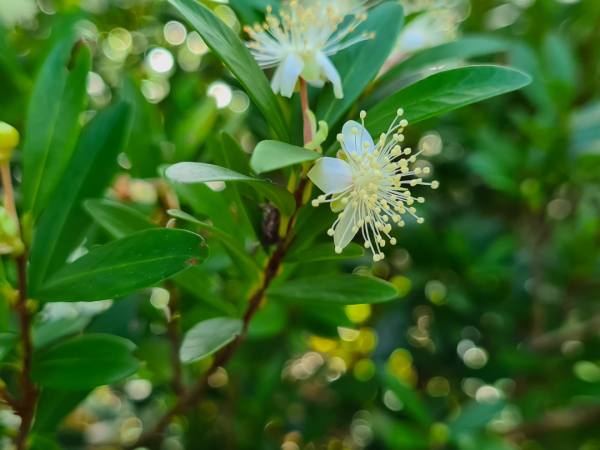What are rain gardens?
Rain gardens are a way for you to practice “bioretention” in your own backyard. They involve a shallow basin in the ground that directs stormwater runoff through a natural filtration system. Native plants soak up water that flows into the basin, cleaning out contaminants on its way to the aquifer below.
Why are they important?
1. Reduce harmful stormwater runoff
Rain gardens help keep us and the natural world healthy by reducing the amount of harmful stormwater runoff that enters into the environment.
Stormwater runoff is rain or irrigation water that flows over land into retention basins, lakes, rivers, stormwater drains, and more. The water often collects pollutants from parking lots, roads, and agricultural lands along the way. This means that by the time it reaches a body of water, it dumps all of the accumulated oils, pesticides, fertilizers, and other waste into the environment.
Especially during Florida’s long wet season, rain needs a place to go– and if there are not enough permeable surfaces, that rain can pool and lead to localized flooding.
Rain gardens lessen this effect by both preventing excess water from draining into roadways, and filtering potentially polluted water as it passes through the soil. In fact, rain gardens can absorb 30-40% more runoff than a traditional lawn can, making them highly effective stormwater management tools.
2. Protect the aquifer and our drinking water
Not only does this benefit the natural ecosystem, but it helps keep the aquifer that we draw our drinking water from clean. The Floridan aquifer that lies within limestone cavities underneath much of Florida is continuously “recharged” with rainwater that slowly filters through the ground. It supplies drinking water for about 90% of Florida’s population andfeeds over a thousand artesian springs across the state, which are iconic Floridian landscapes supporting wildlife, recreation, and more.
By building a rain garden, you can help recharge the aquifer with clean water and conserve water by eliminating the need for irrigation in your backyard.
3. Create habitat
Rain gardens also create habitat for wildlife such as birds, pollinators, and more. Planting native, flowering plants can help attract butterflies, hummingbirds, bees, and other creatures that will benefit from a backyard oasis.
4. Less maintenance
Finally, once your rain garden is fully built and planted, it means less work for you! Native plants require less water, maintenance, and overall resources than non native ornamentals, so your yard can look beautiful and lively for less effort and a smaller price tag.
How to build your own rain garden:
To build your own rain garden, there is a little bit of planning involved, but don’t get discouraged!
When choosing a spot to build your rain garden, you should:
- Find a location at least 10 feet away from your home. This will prevent water from pooling near your foundation and potentially causing water damage.
- Also make sure the garden is at least 25 feet away from any septic tank or associated drain field.
- Choose a spot that receives partial to full sun. This will help the plants flourish and prevent water from soaking the ground for too long.
- Prioritize places where water already drains naturally, rather than places where water pools without draining. If there’s already a naturally sloped area far enough away from your home with good drainage, it will help you out when you start building your garden!
Building a rain garden can be as easy or as complex as you would like it to be. There are lots of measurements you can take, including the angle of slope in your yard and the drainage rate of your garden site, all with the goal of properly draining water away from your home and into the ground. There are many online resources to help you take these measurements, including UF IFAS and NOAA.
Basic Step-by-Step:
- Lay a border in the shape that you want your rain garden to be; this could be a hose or string.
- Dig out the entirety of the garden to the same depth, around four to eight inches deep. Make sure that if you started with a sloped section of the yard, that you excavate more earth from the steeper section. This just means that you should end up with a flat bottom for the garden, so that water doesn’t pool in one specific corner.
- Pile up the earth that you just dug out along the edges of the garden. This is known as a “berm.” If the surrounding area is sloped, make the berm taller on the downhill side. This ensures that water captured in the rain garden will remain there, rather than flowing out of it.
- If you have compost, you can layer it on the bottom of the rain garden to provide extra nutrients to the plants you are about to add.
- Choose your native plants!
Now for the fun part- planting!
Native plants are best suited to rain gardens because they are adapted to the natural climate, soil, and environment of your region. Plants that can tolerate moist conditions are preferable, so they won’t be waterlogged during heavy rain.
The way that you arrange your plants within your rain garden can also affect how much water they get, and what species of plant you might want to choose. Those at the bottom of the basin should be the most moisture-tolerant, and those at the top of the slope can be adapted to drier conditions.
Make sure to check your local and county resources to see what plants will do the best in your area. In Alachua County, Florida, some recommended rain garden plants include:
Lower Basin:
Upper Basin
Lower or Upper Basin
Information from UF IFAS, St. Johns River Water Management District, NOAA, EPA, Blue Water Audit, and USDA.
Images from Canva Pro.
